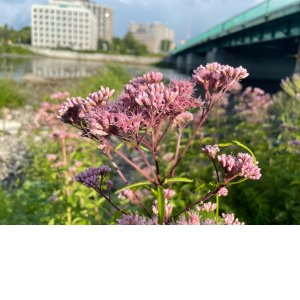
The Nature Restoration Regulation came into force this summer, including binding targets for ecosystem restoration with implications for carbon storage and natural disaster risk reduction. 80% of Europe's habitats are in poor condition, and this legislation will play a key role in reversing this trend. Central to the regulation are National Restoration Plans (NRPs), which will outline how member states will deliver on legally binding restoration targets and restore ecosystems, habitats, and species on land an in water. This is a win for everyone, as studies show that every euro invested in nature restoration can yield benefits ranging in worth from €4 to €38. Experts met in Brussels in January to discuss a uniform format for such plans (due mid-2026), and the current proposal is open for feedback until February 7th. Read the draft implementation regulation and provide your feedback here!
- targets based on existing legislation (for wetlands, forests, grasslands, river and lakes, heath & scrub, rocky habitats and dunes) - improving and re-establishing biodiverse habitats on a large scale, and bringing back species populations by improving and enlarging their habitats
- pollinating insects – reversing the decline of pollinator populations by 2030, and achieving an increasing trend for pollinator populations, with a methodology for regular monitoring of pollinators
- forest ecosystems – achieving an increasing trend for standing and lying deadwood, uneven aged forests, forest connectivity, abundance of common forest birds and stock of organic carbon
- urban ecosystems – no net loss of green urban space and tree cover by 2030, and a steady increase in their total area from 2030
- agricultural ecosystems – increasing grassland butterflies and farmland birds, the stock of organic carbon in cropland mineral soils, and the share of agricultural land with high-diversity landscape features; restoring drained peatlands under agricultural use
- marine ecosystems – restoring marine habitats such as seagrass beds or sediment bottoms that deliver significant benefits, including for climate change mitigation, and restoring the habitats of iconic marine species such as dolphins and porpoises, sharks and seabirds.
- river connectivity – identifying and removing barriers that prevent the connectivity of surface waters, so that at least 25 000 km of rivers are restored to a free-flowing state by 2030
Stay tuned for further developments.
